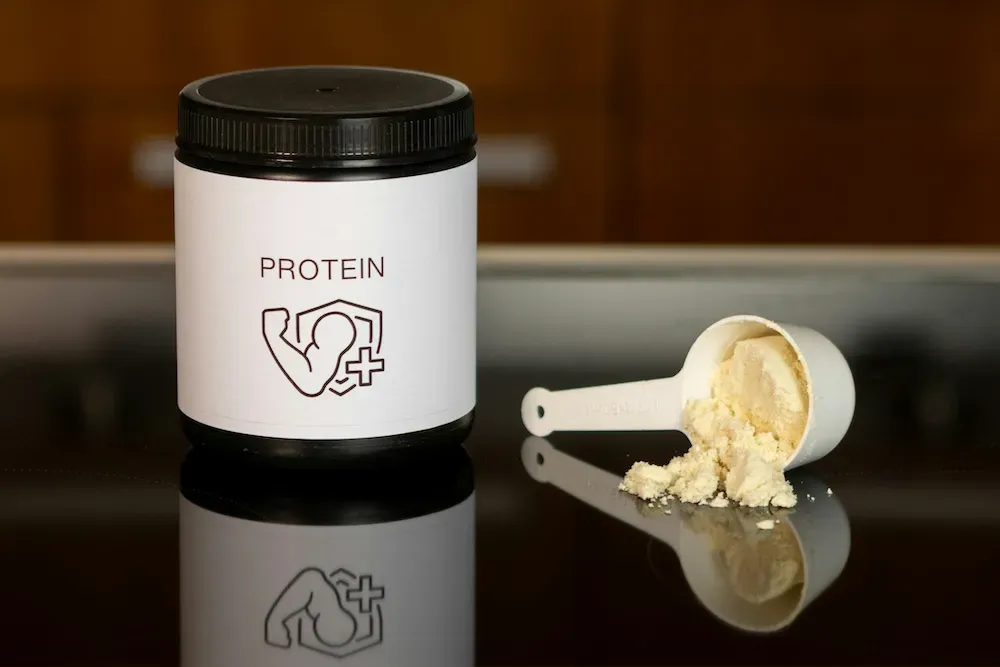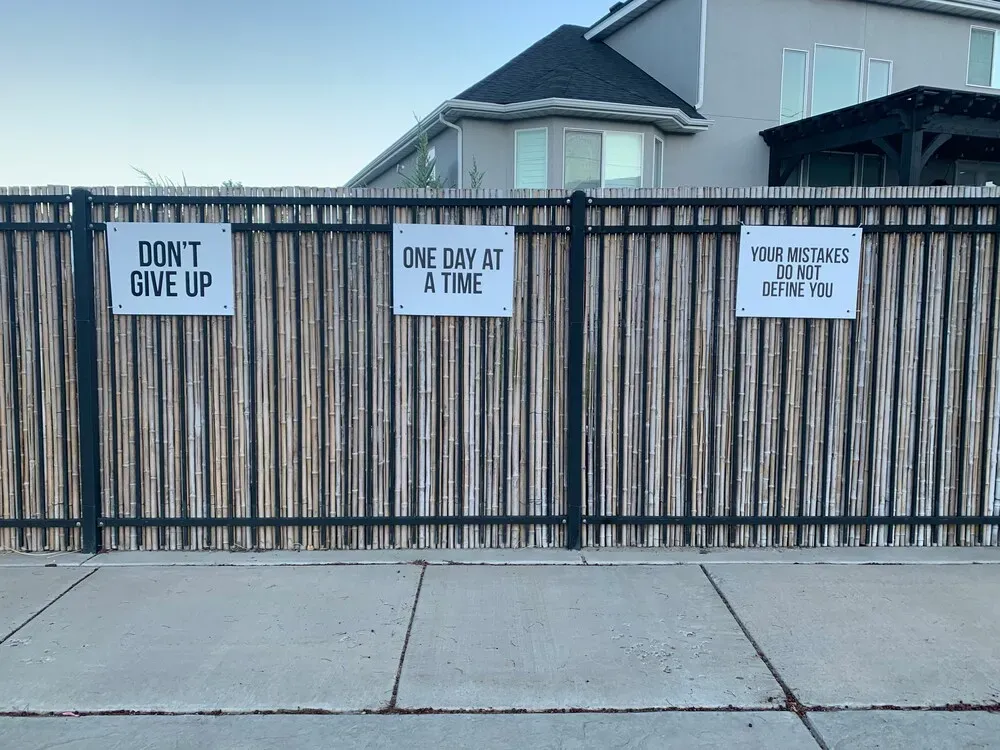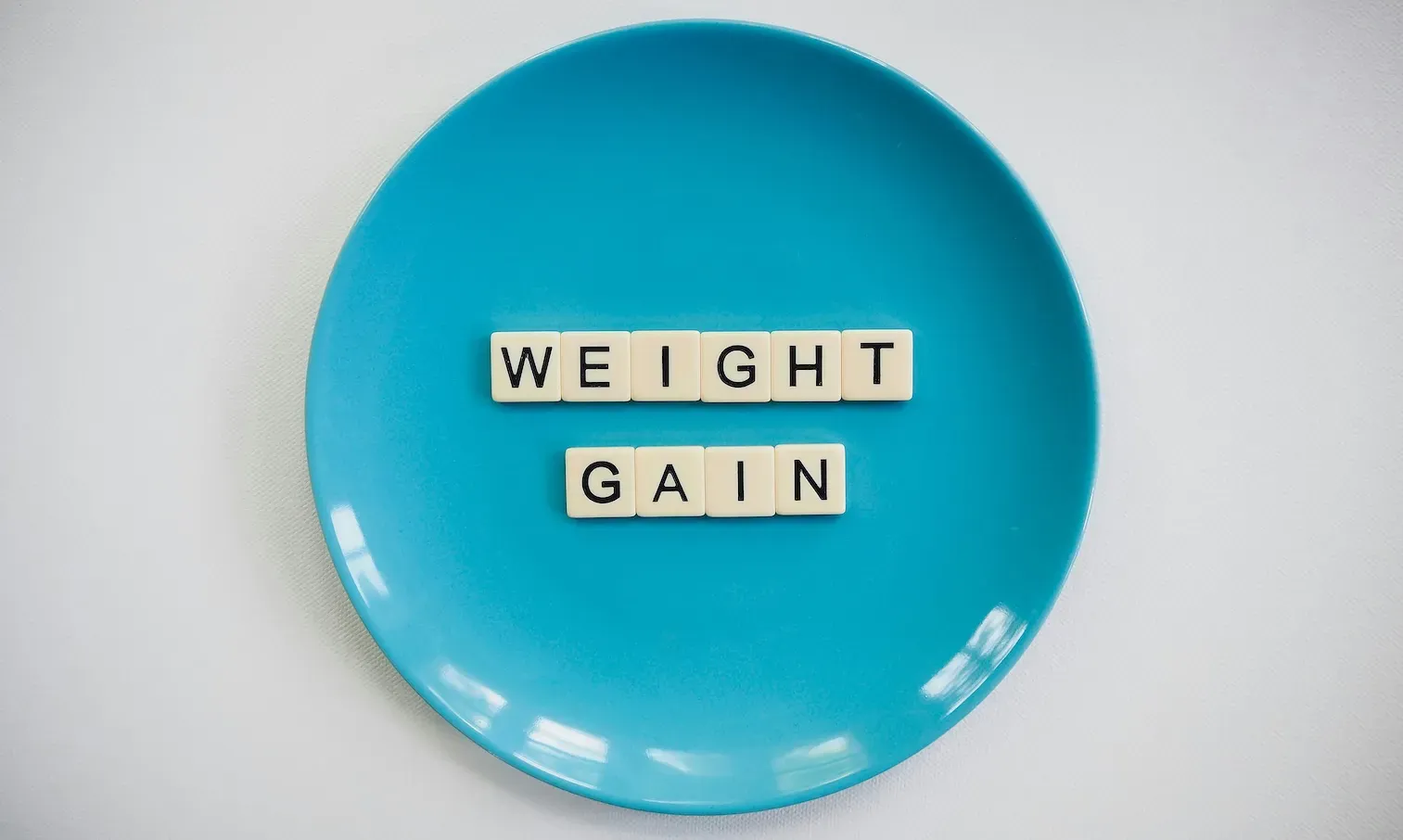Calorie deficit for weight loss: How it works, tips, and safety

What is Calorie Deficit
What is a calorie deficit? A calorie deficit occurs when you consume fewer calories than you burn, which is the key to weight loss. This deficit forces your body to use stored fat for energy and therefore lose weight. To create a calorie deficit you can eat less, exercise more or do both.
But remember, maintaining a consistent calorie deficit can be tough due to metabolic adaptation, daily activity fluctuations and food intake variations. And while a calorie deficit is necessary for weight loss, it’s also important to not make it too big as this can lead to muscle loss, nutritional deficiencies and low energy.
To create a sustainable calorie deficit, focus on a combination of healthy eating, regular exercise and mindful lifestyle choices. This balanced approach will make sure your body gets the nutrients it needs while losing weight.
How to Calculate Your Calorie Deficit
To calculate your calorie deficit you need to first calculate how many calories your body burns in a day. This is called your Total Daily Energy Expenditure (TDEE) which includes your Basal Metabolic Rate (BMR) – the calories you burn at rest and the calories burned through physical activity.
You can calculate your daily calorie needs using a calorie calculator which will ask for your age, gender, weight, height and activity level. Or you can consult with a doctor or nutritionist for a more personalized estimate.
Once you know your daily calorie needs you can create a calorie deficit to lose weight by eating less calories than your body needs to maintain your current weight. For weight loss, it’s recommended to aim for a calorie deficit of around 500 calories a day. This will result in a weight loss of about 1 pound a week which is considered safe and sustainable.
By tracking your energy intake and expenditure you can create a calorie deficit that matches your weight loss goals and still have enough nutrition and energy.
How Many Calories Do You Need to Lose Weight?
The number of calories you need to lose weight depends on several factors, including age, sex, current body weight, and activity level. Each of these factors affects your Basal Metabolic Rate (BMR) and Total Daily Energy Expenditure (TDEE), which are the keys to determining the right calorie intake for weight loss.
For most people, a safe and sustainable weight loss is about 1-2 pounds a week. This can be achieved by creating a calorie deficit of 500-1000 calories a day. For example, if your daily calorie needs are 2500 calories, consuming 1500-2000 calories a day can help you achieve this.
But don’t consume too few calories. Severe calorie restriction can lead to nutrient deficiencies, muscle loss, and slow down your metabolism. These effects will not only hinder your weight loss but also your overall health. Eating too many calories will hinder weight loss and can even lead to weight gain.
Balance by eating a moderate calorie deficit and still getting enough nutrition is the key to successful and sustainable weight loss.
To Lose Weight
To Gain Weight
Calorie counting is an essential tool in managing body weight, whether the goal is to lose, gain, or maintain weight. A scientific approach to calorie counting involves understanding and applying fundamental principles of nutrition science to everyday dietary choices. The FoodIntake app uses these scientific principles in its calorie tracking features, using trusted scientific sources.

Risks and Considerations
While creating a calorie deficit is necessary for weight loss, make sure the deficit is not too big. An aggressive calorie deficit can lead to various side effects including persistent hunger, fatigue and slow down your metabolism. When your body senses it’s not getting enough energy it may go into conservation mode and slow down metabolic processes to preserve energy. This will make it harder to lose weight and have energy.
Eating too few calories can also lead to nutrient deficiencies. When your diet lacks enough calories it often lacks essential vitamins, minerals and macronutrients which are important for overall health. This deficiency can result to weakness, dizziness and a compromised immune system. Additionally a calorie deficit can slow down your metabolism making it even harder to lose weight.

Also a calorie deficit can lead to muscle loss if you’re not consuming enough protein. Muscles need protein to maintain and grow and a lack of it during a calorie restricted diet can cause your body to break down muscle tissue for energy. This will not only decrease muscle mass but also slow down your metabolism as muscle tissue burns more calories at rest than fat.
Given these risks it’s best to approach a calorie deficit diet with caution. Consult a doctor or nutritionist before starting a calorie deficit diet. A healthcare professional can help you determine a safe and effective calorie deficit that matches your health goals and you’ll still get enough nutrition and muscle mass during your weight loss journey.
Eating for a Calorie Deficit
To maintain a calorie deficit and still get what your body needs, focus on eating nutrient-dense foods. These are foods that are low in calories but high in vitamins, minerals, fiber, and protein. Eating fewer calories than your body requires is essential for weight loss.
- Fruits and Vegetables: Fill your plate with various fruits and vegetables. These are low in calories but high in fiber, vitamins, and minerals that will keep you full and nourished without consuming extra calories.
- Whole Grains: Add whole grains like brown rice, quinoa, and whole wheat bread to your diet. These grains are more filling and nutritious than their refined counterparts and will sustain your energy while keeping calorie intake in check.
- Lean Protein Sources: Include plenty of lean protein sources like chicken, turkey, fish, tofu, and legumes. Protein is important for muscle maintenance, especially during weight loss, and will keep you full longer and reduce the likelihood of overeating.
- Avoid Sugary Drinks and Trans Fats: Sugary drinks like soda, sweetened teas, and juices add extra calories without any nutritional benefits. Avoid foods high in trans fats, which are linked to many health problems and have no nutritional value.
- Limit Added Sugars and Saturated Fats: Be mindful of added sugars and saturated fats in your diet. These are often found in processed foods and can lead to weight gain if consumed in excess. Opt for natural sources of sweetness like fruits and choose healthier fats like olive oil, avocados, and nuts.
By eating these nutrient-dense foods and making conscious choices, you can eat for a calorie deficit and still get what your body needs for optimal health. This balanced approach will help you maintain a healthy weight.
Exercise for a Calorie Deficit
Exercise is a big part of achieving and maintaining a calorie deficit which is needed for weight loss. Understanding how to be in a calorie deficit involves burning more calories than consumed. By burning more calories, your body exercises helps create the deficit for fat loss even if your calorie intake remains the same.
- Exercise Regularly: To lose weight aim for at least 150 minutes of moderate intensity exercise (like brisk walking or cycling) or 75 minutes of high intensity exercise (like running or aerobics) per week. This level of activity will not only burn calories but also improve cardiovascular health and overall fitness.
- Add Strength Training: Include strength training in your routine to build and maintain muscle mass. Muscle tissue burns more calories at rest than fat tissue so increasing your muscle mass will boost your metabolism and help you burn more calories throughout the day even when you’re not exercising.
- Increase Daily Activity: Beyond structured exercise, increasing your daily activity can add to your calorie deficit. Simple changes like taking the stairs instead of the elevator, walking or cycling instead of driving short distances or going for a walk during your lunch break can add up to burn more calories and keep your metabolism active throughout the day.
By exercising and eating for a calorie deficit you can create a sustainable calorie deficit for weight loss and overall health.
Muscle Building on a Calorie Deficit
Building muscle on a calorie deficit is tough but doable with the right strategy for healthy weight loss. It requires attention to both diet and exercise.
- Eat Enough Protein: Protein is important for muscle growth and repair especially when you’re in a calorie deficit. Include high quality protein sources in every meal like lean meats, fish, eggs, dairy and plant based proteins like legumes and tofu. This will ensure your muscles have the building blocks to grow and recover after exercise.
- Add Strength Training: To build muscle on a calorie deficit you need to include strength training in your routine. Focus on compound exercises like squats, deadlifts and bench presses that work multiple muscle groups at once. This will maximize muscle activation and growth.
- Small Calorie Deficit: For muscle growth on a calorie deficit you need to maintain a small and manageable deficit – typically 10-20% below your maintenance level. This will allow for fat loss while still providing enough energy for muscle gain. If the deficit is too big it will hinder muscle growth and lead to muscle loss.

Long Term Calorie Deficit
Long term calorie deficit is key to sustainable weight loss and muscle gain. But it requires focus on making sustainable lifestyle changes not quick fixes or restrictive diets.
Lifestyle Changes
Long term success comes from making healthy eating habits and regular exercise a part of your daily routine. This means choosing nutrient dense foods, practicing portion control and being physically active through structured exercise and daily movement.
Don’t Diet
Restrictive diets are hard to maintain and can lead to feelings of deprivation and potential binge eating. Instead focus on a balanced diet full of whole foods that provide the nutrients you need and keep you within your calorie goals.
Sleep and Stress Management
Getting enough sleep and managing stress is key to weight loss and overall health. Lack of sleep and chronic stress can disrupt hormone levels, increase appetite and make it harder to maintain a calorie deficit.
By following these you can maintain a calorie deficit long term for weight loss and muscle gain and overall health.

Common Mistakes to Avoid
Eating Fewer Calories
While consuming fewer calories is necessary for weight loss, eating too few calories can backfire. When your calorie intake is too low, your body will go into energy conservation mode, slow down your metabolism, and lead to nutrient deficiencies. This will make it harder to lose weight and affect overall health.
Don’t Follow Fad Diets or Quick Fixes
Fad diets and quick fixes promise rapid results but are usually not sustainable and will lead to weight gain once you stop following them. These diets are unbalanced and will deprive your body of essential nutrients making long term success hard.
Don’t Skip Meals
Skipping meals may seem like an easy way to cut calories but will lead to overeating later in the day. This will hinder weight loss and disrupt your metabolism. Instead eat regular balanced meals that will keep you full and energized throughout the day.
Don’t Forget Strength Training
Cardio is great for burning calories but strength training is key for building muscle mass and increasing your metabolism. Neglecting strength training will lead to muscle loss which will lower your metabolic rate and make it harder to get into a calorie deficit, potentially causing you to gain weight.
References:










